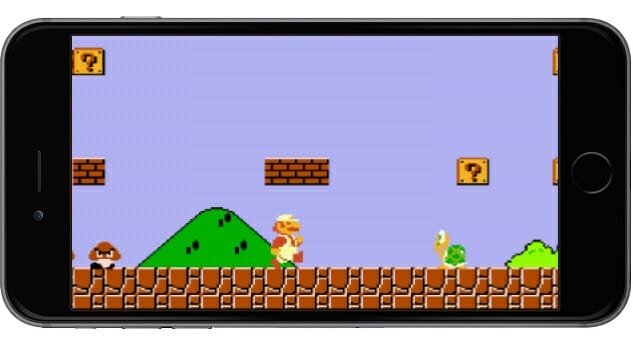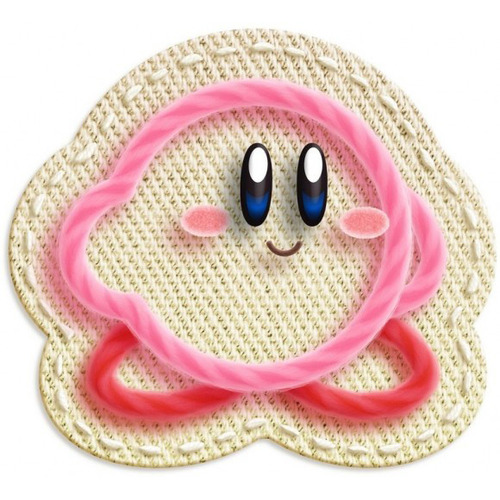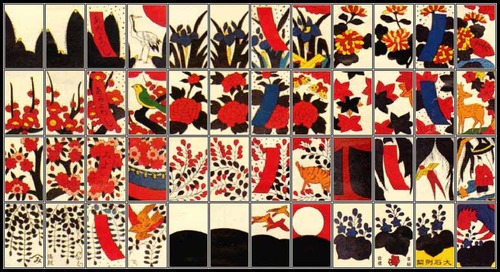
To some, Nintendo might seem like that stodgy company that never changes, pumping out the same tired franchises year after year. Yet change has been pivotal to its survival over 125 years of business. Their entertainment products have evolved with the times, beginning with playing cards (which they still manufacture, by the way) and dipping into mechanical toys, arcade amusements, and interactive watches before settling into the last thirty-plus years as producer of videogame software and hardware.
Nintendo’s strength has always been the exclusive games created for their own dedicated platforms. They always seem to get the most out of their hardware and for good reason: They built it. But this spring, they embark on their latest change, perhaps the most dramatic upheaval in company priorities since going all-in on home consoles with the Famicom in Japan (1983) and the NES in North America (1985). In March, Nintendo will release their first smartphone app, Miitomo.
This is a big deal for reasons more complicated than we have time to discuss here. But the point is this: Nintendo is making games for phones now. They’ve promised to deliver five games by the end of March 2017. And besides Miitomo, a communication app based on Miis, we know nothing about their plans aside from the broad pronouncement that any and all characters, pre-existing or not, are on the table. But we know what we want. Here are five smartphone games we’d love to see from the oldest new kid on the mobile block.
1. Game Historian

Photo courtesy of beforemario.com
Nintendo’s 125-year history is both a testament to their long-standing standards of quality and a fount from which old ideas can be reinvigorated. More than any other game company, Nintendo is able to nod to the past, invoke nostalgia, or reuse existing ideas in strange new ways. (For example, Rusty’s Real Deal Baseball on 3DS anthropomorphizes their Ultra Machine, an automatic pitching device from 1967.) With smartphone apps often acting as services that progress over time, it makes sense for Nintendo to use their century-plus of material as a deep well of resources to be mined.
Imagine something of an Oxford English Dictionary for the Kyoto-based company and all its wares. The base app would provide a searchable database of all Nintendo’s games and products. Side games for an additional cost would play off of the trove of information: Trivia modes, collectible puzzles built from promotional material, and interactive timelines could be updated with new releases and expanded over time. And for a small subscription, you could use Historian as a personal catalog of all your purchased Nintendo goods, showing off your Amiibo in attractive virtual dioramas, perhaps, or at least keeping track of your growing game collection.
2. Kirby Eats Your Apps
The pink puffball has always been a blank slate for experimentation. Though he started life in a simple platforming game, Kirby has slid across a pinball table, broken blocks a la Breakout, become a golf ball, been split into multiples, and rolled like a ball of clay. Even in his more traditional outings, his main power is the ability to swallow enemies and absorb their abilities.
In Kirby Eats Your Apps, he does just that. The playfield is a reproduction of your Home Screen. Touch an app icon and watch as Kirby waddles up and inhales the little curved square. Then, depending on what kind of software he inhaled, the game transforms into a Kirby-ized take on that genre. Catapult pink cannonballs into towering structures in Angry Kirby. Defend your fortress from King Dedede and Meta Knight in Klash of Kirbies. Or call a local driver to drop you off five blocks away using Uber Kirby. Just don’t swallow Siri—she hates that.
3. Nintendo Land 2
Nintendo already has over a decade of experience making games for a touch-screen device. Their Nintendo DS handheld came out in 2004, predating the App Store by four years. And their latest home console, the Wii U, came with a controller featuring a 6.2 inch touch-screen on its face. The pack-in launch title, Nintendo Land, took twelve of the company’s franchises and reinterpreted them as theme park attractions, each using the controller in new ways. The same concept could be explored on mobile, giving breath to older franchises left behind or tweaking current characters in intriguing ways only a smart device could provide.
Certain niche but beloved titles like Rhythm Heaven or Star Fox make sense as a quick-fire attraction built into a suite of other areas to explore. More modern experiments like Brain Age or Nintendogs, now in competition with thousands of similar apps, could be reborn as parlour games or simply tap into a FitBit-style tracking regimen. Best of all would be the grand return of the original’s pachinko-like game, where you earned rewards by placing coins atop a pegboard and watching them fall. At home it was a lovely means to an end; in line at the grocery store, it would be a blissful distraction.
4. Hanafuda Saga
Peek over the shoulder of many commuters and they’ll be playing an old-fashioned card game like Solitaire on their fancy digital device. Nintendo could bring Hanafuda to the masses with a smart, contemporary take on the game that has its origins in the 16th century. As opposed to the playing cards most of us are used to, Hanafuda cards don’t use numbers, instead depicting scenes of nature and animals. Instead of four suits there are twelve, representing each month in a year. This wouldn’t be a digital version of the traditional game (played in Hawaii and known as “Koi-koi”), but a revamped take on the formula, much like Zach Gage’s Sage Solitaire successfully mixes poker and the solo standby.
The standard version would be free. Different card faces, such as one using familiar game characters (based on a physical deck sold only in Nintendo’s store in Manhattan), could be purchased in-app. Some of the assets have already been created; Nintendo sells a 3DS Home Theme based on the card game and the featured background music is splendid. No more vibrating notifications for you. Plug in your headphones and stroll through the falling cherry blossoms…
5. Super Mario _______

Nintendo has made clear they don’t intend on releasing their old games on phones. Super Mario Bros. works because it was made with buttons in mind. Any mobile Mario will be an all-new experience, developed with the strengths of the platform in question. But it’s hard to imagine a Nintendo that would not put its most visible and successful character front-and-center as the company forges into unknown territory.
But what does a mobile Mario look like? More importantly, what does it play like? Each new platform has featured a marquee Mario title with that superlative moniker followed by a keyword, earmarking its focus and solidifying expectations. Let us look to the past for clues to the future.
In the original 8-bit trilogy, “Bros.” was a focus, as a second player could play as Luigi. With the SNES, “World” showed us a unified map more complex and interwoven than ever before. 1996’s “64” fed into an industry obsessed with numbers masquerading as strength; the GameCube’s “Sunshine” was a tone-deaf corrective that failed to resonate with an aging demographic less concerned with clean-up time and more with digital viscera. The Wii era’s “Galaxy” shot Mario into the stars; Wii U’s “Maker” does what it says on the tin: For the first time, you can make your own Super Mario levels.
Whatever the smartphone entry is, you can be sure the name will be indicative of its purpose. With that, indulge me one final prognostication: I can’t wait to play Super Mario Money-Maker.
Since 2003, Jon Irwin has been paid to write about film, techno, ice cream, wine, golf, drag-racing, French children and videogames. His first book, Super Mario Bros. 2, was published last year by Boss Fight Books. Follow along: @WinWinIrwin.


